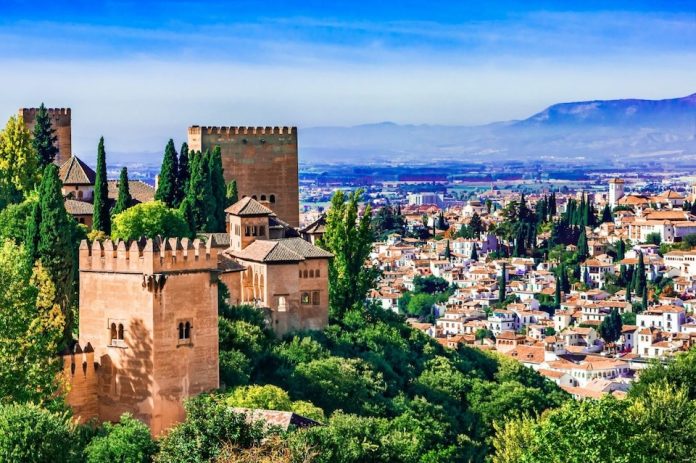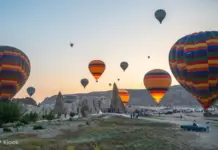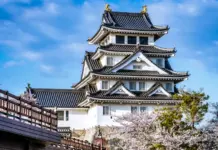I really understand why Hemingway once said “If you were to visit just one city in Spain, it should be Granada”. Granada in my eyes was the most beautiful city in Europe. It’s not flashy, not noisy or crowded, but tranquil, quaint and romantic like a love letter. The letter from the Moors 7 centuries ago. So, is Granada worth visiting, what is Granada Spain famous for, what to do in Granada and how to plan a perfect budget trip to Granada for the first-time? Let’s check out our Granada blog (Granada travel blog, Granada Spain travel blog) with the fullest Granada Spain travel guide (Granada travel guide, Granada guide, Granada tourist guide) from how to get to Granada, best time to come, where to stay, best places to visit, what to eat and top things to do in Granada as well as suggested Granada itinerary 3 days (3 days in Granada Spain) to find out the answer!
- The FULLEST Seville guide: Top things to do, Eat, stay & MORE
- 14+ best places to visit in Barcelona
- What to buy in Spain? — Top +18 souvenirs & best things to buy in Spain
- What to buy in Barcelona? — Top 15+ must-have souvenirs, gifts & best things to buy in Barcelona
- Ronda blog — The fullest Ronda travel guide for first-timers
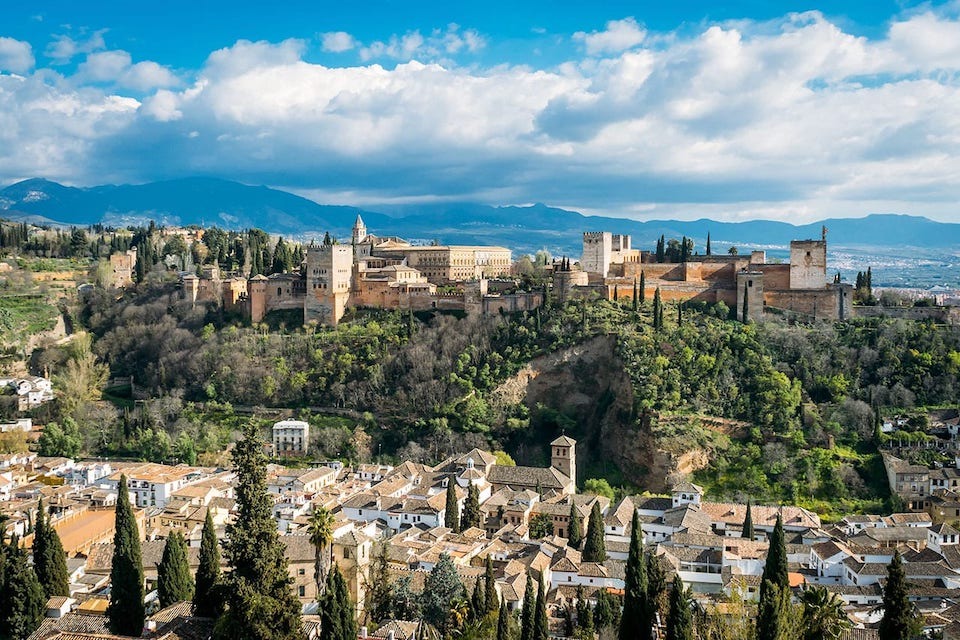
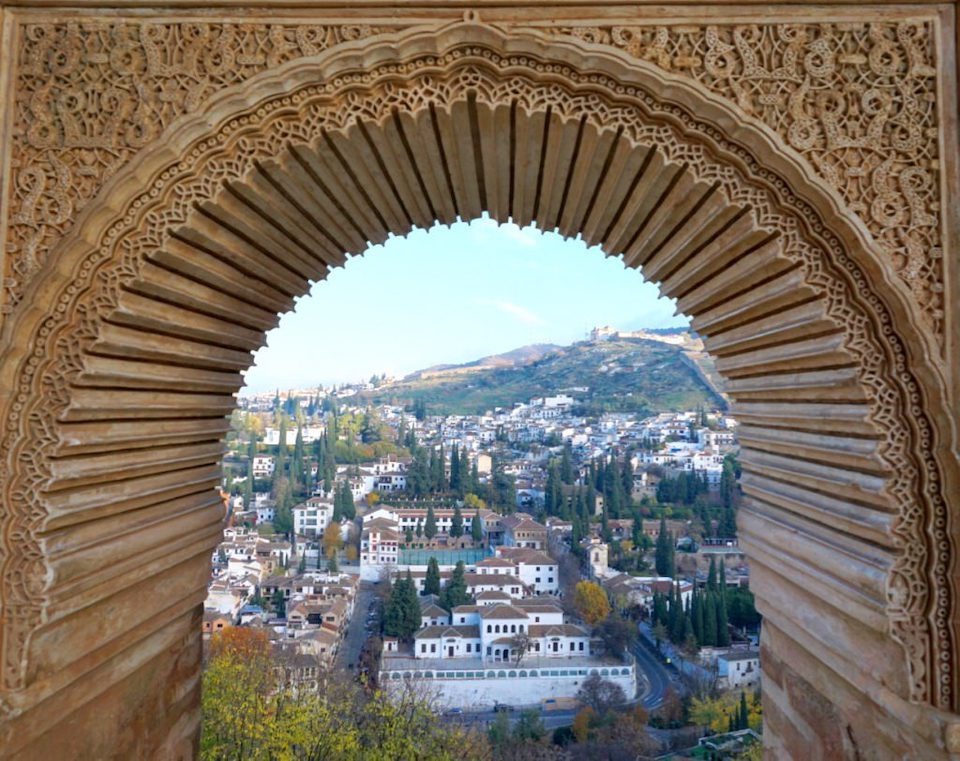
Granada is one of the four big cities of Andalusia — an autonomous community and historical region in Southern Spain, located at the foot of the snowy mountains of the Sierra Nevada. Granada is famous for its many magnificent palaces, castles and fortresses… In which, there are two architectural masterpieces: The Alhambra — a palace and fortress complex and the town of Albaicin (Albayzín) which have been recognized by UNESCO as World Heritage Sites. In addition, Granada also attracts visitors by the unique cultural features of the Moors, Jews, Arabs, Romans and Gypsies.


Granada is a city in the autonomous region of Andalusia in the south of Spain. The city attracts hundreds of thousands of visitors every year because of its ancient and quaint architectures with many palaces, castles, and citadels with bold Arabian imprints in the heart of Europe. Along with poetic and romantic beauty, Granada is considered as one of the most travel-worthy cities in Spain.

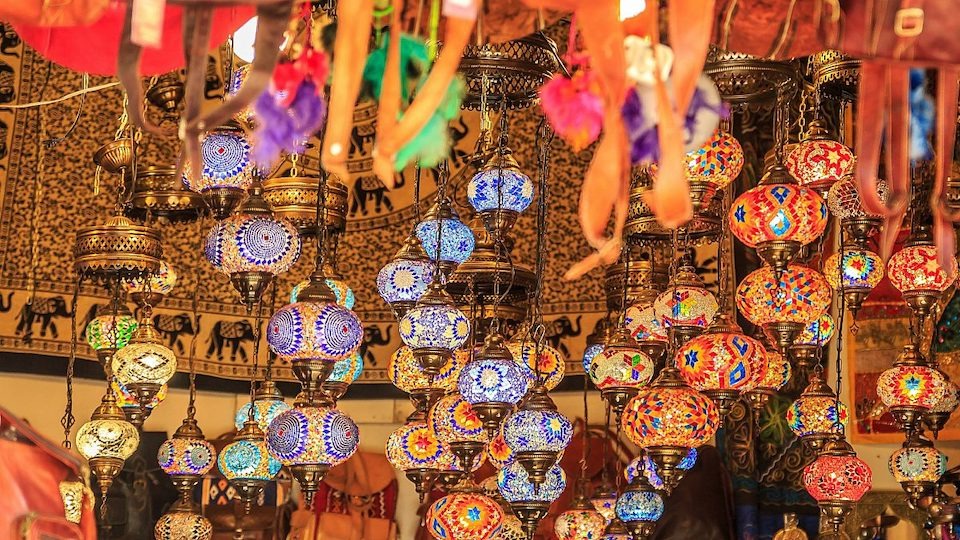
Granada blog: A brief introduction to the city of Granada
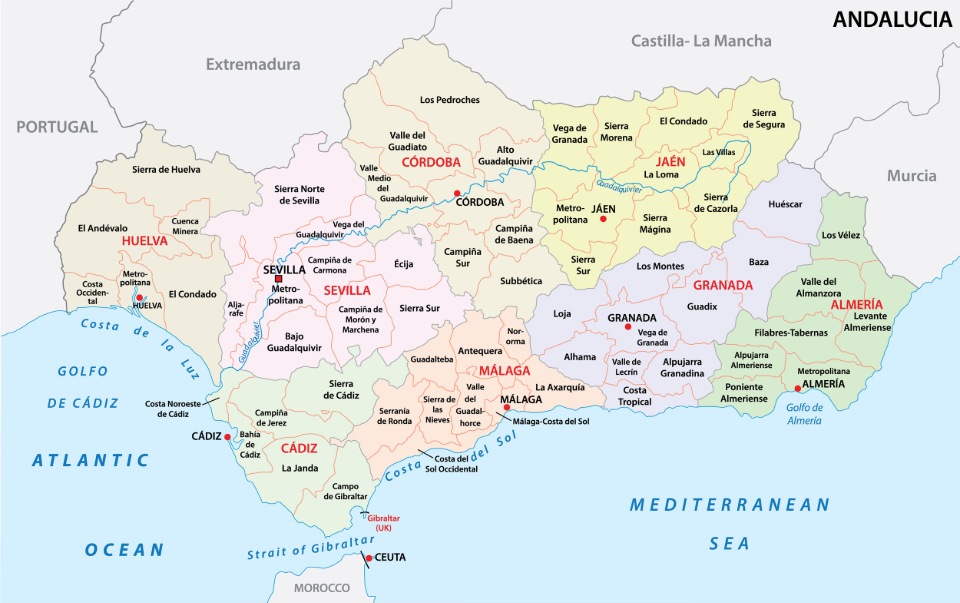
Granada is an ancient city located in the southern region of Spain and is considered the capital of the Andalusia region. It is located at the foot of the Sierra Nevada mountain range and is at the confluence of the Genil and Darro rivers. Granada has a population of about 240,000 people with a history of development of more than 2,500 years. With a long history and rich in culture, Granada still retains many ancient architectural works, historical sites, spectacular palaces, castles and fortresses, picturesque gardens… Although compared to Madrid and Barcelona, Granada is somewhat less famous, but the number of tourists coming to this city is not inferior.
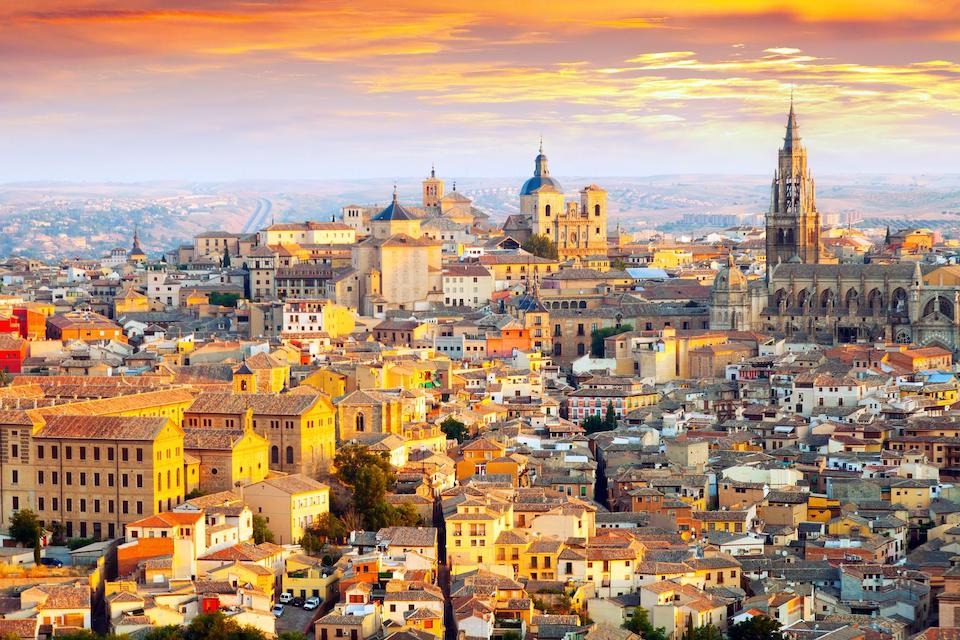
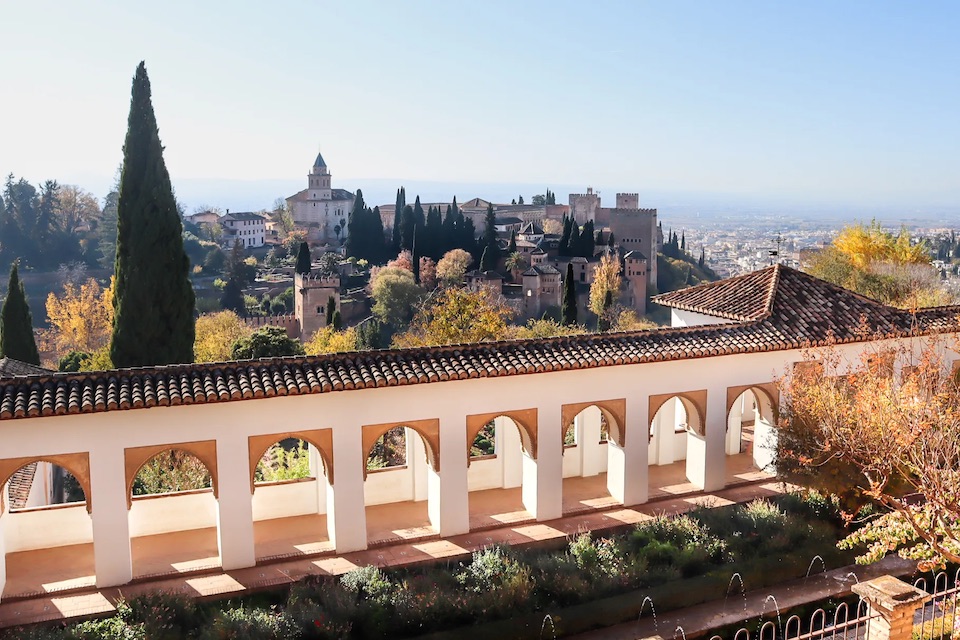
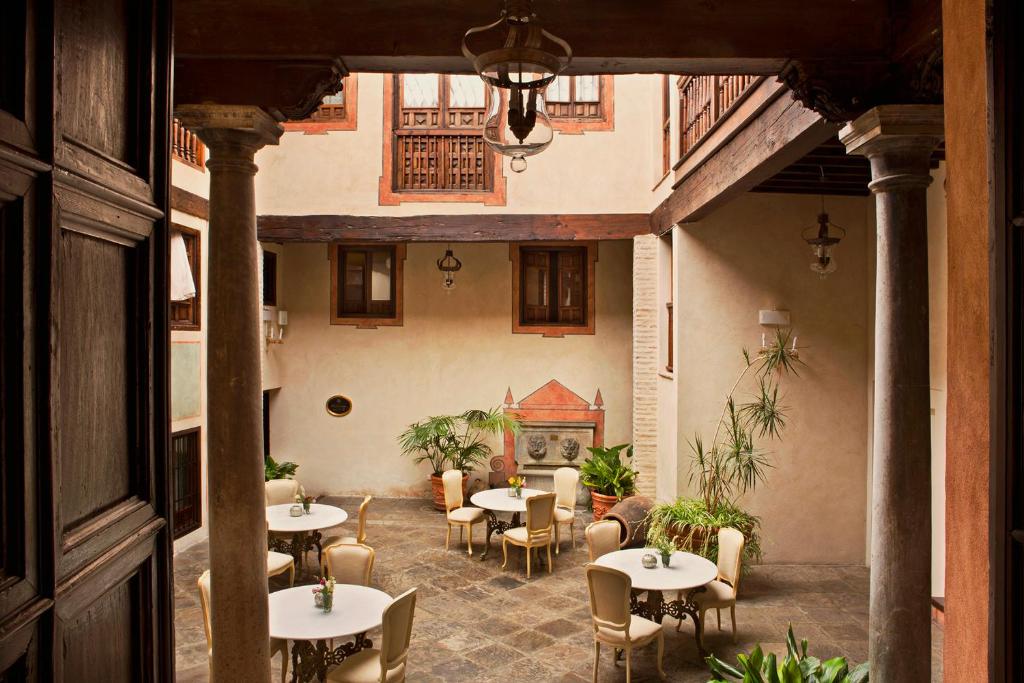
Granada – Following the line of history
Granada that I know is not flashy, not loud, but romantic like an open love letter. A romantic letter from the Moors 7 centuries ago. Like Cordoba, from the beginning of the 8th century, Granada belonged to the Moors, Arab-Muslims from North Africa. While much of Europe slumbered in the darkness of the Middle Ages, the towns of Al-Andalus (was the Muslim-ruled area of the Iberian Peninsula) had reached the pinnacle of luxury and a superior civilization. At the end of the 13th century, Cordoba, Seville and the whole Al-Andalus region returned to the Catholic kings, Granada became the last stronghold of the Nasrid dynasty on the Iberian peninsula.
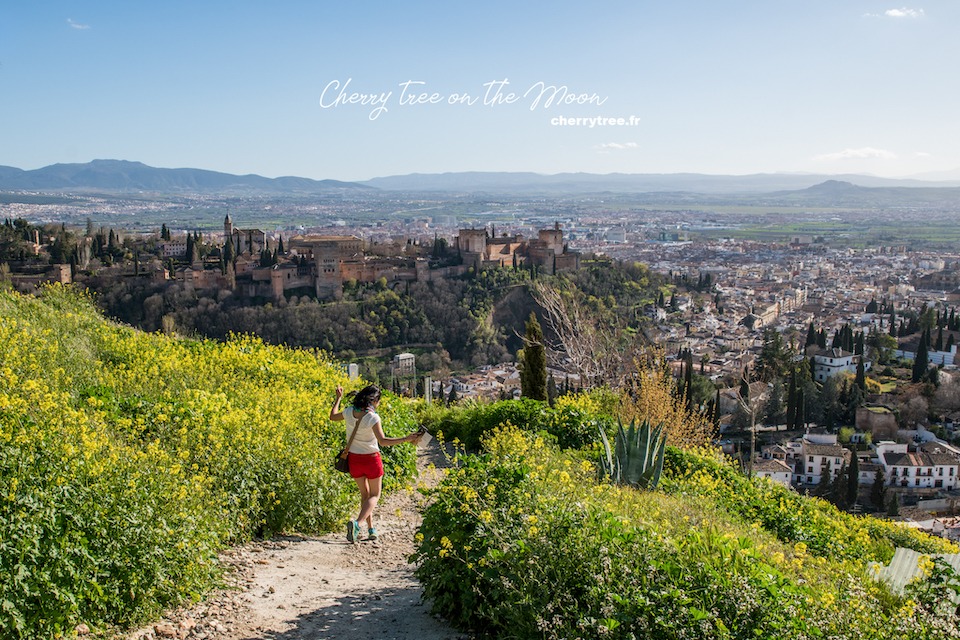
If you have read the article about Cordoba, you have probably heard about the time Christopher Columbus met two famous King and Queen in Spanish history, Isabella I of Castille and Ferdinand II of Aragon in the Alcazar of Cordoba in 1486. Columbus then, with the support of the Spanish court, began his expedition. By 1492, the same year that Columbus landed in the Americas, the Catholic kings also conquered the last Muslim city, and renamed it Granada as we know today. Granada, which literally means “pomegranate” in Spanish, has since become the symbol of the city.

Nearly 800 years in the hands of wealthy Arabic sultans, then re-entered just as Renaissance art was shining across Europe has turned Granada into the perfect intersection of two cultures. Granada brings the passionate breath of Islamic art, then breathes new life into the Renaissance wave and the Baroque school. Therefore, if you walk around Granada, you will feel the atmosphere of deep and mysterious, but romantic, spacious and generous, the signature features of North Africa and Western Europe.
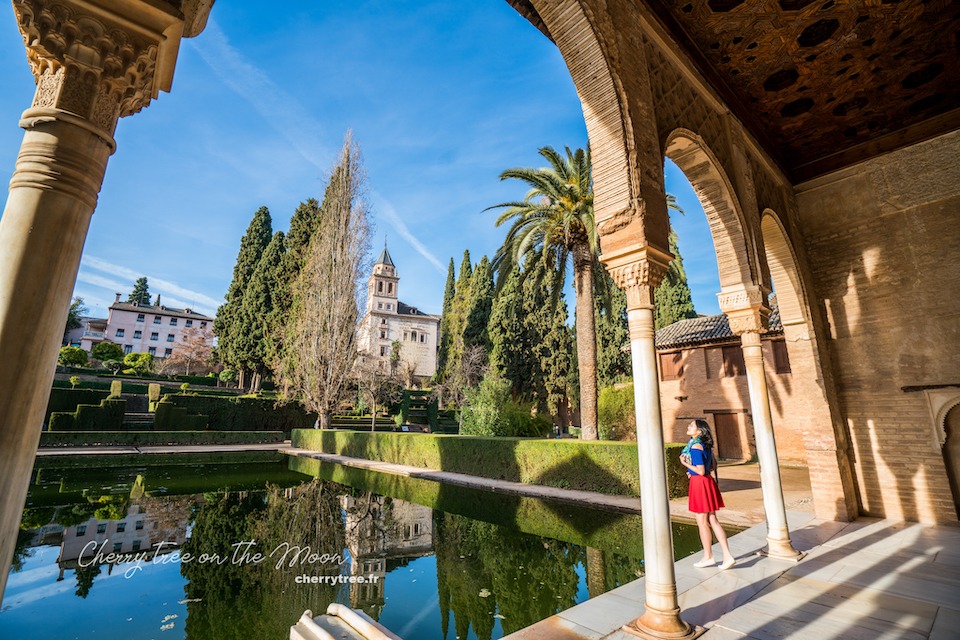
Compared to the bright and shining neighboring city of Seville, the not-so-smooth history makes Granada something more angular and personal. That’s why tourists are easily captivated. I am not surprised to learn that Hemingway once said: “If you were to visit just one city in Spain, it should be Granada”. There is no doubt that you definitely will fall in love with this city. Then it may take you days, weeks, months to figure out why. But if you’ve been here once, I know you’ll want to come back.
Granada travel blog: When is the best time to visit Granada?

Granada in particular and Spain in general have quite hot climate. The number of sunny days a year is up to 300 days and the average temperature is always above 30 degrees Celsius. Granada has very hot and muggy summers. Winter in Granada has the lowest temperature of about 1 degree Celsius, so it is not too harsh.
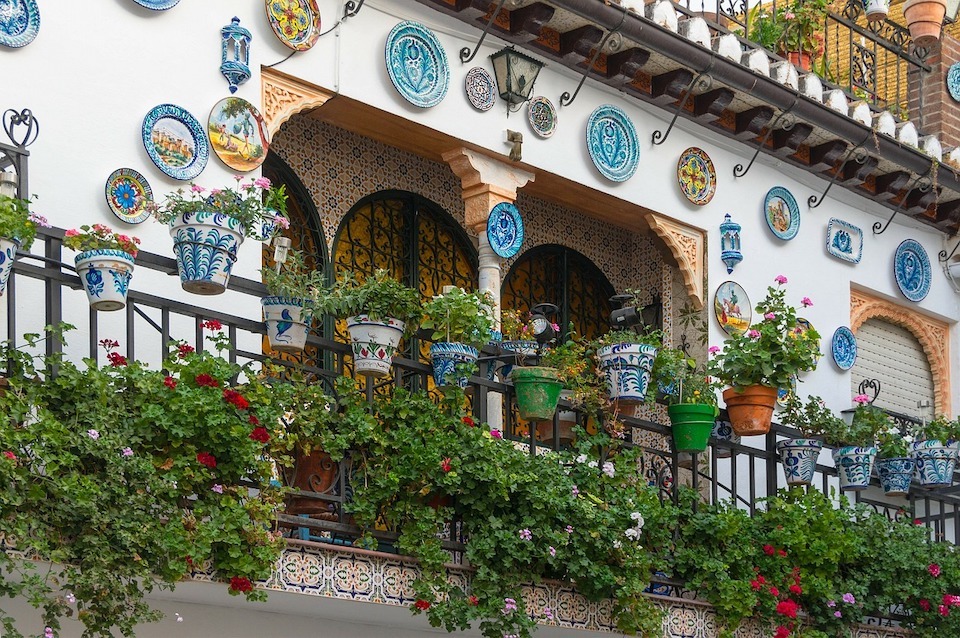
The best time to visit Granada is around spring (April, May) or fall (October, November). The weather at this time is very cool, pleasant, the number of tourists is decreasing, very convenient for moving and sightseeing.
If you don’t like crowds of travelers, you should not go during Semana Santa occasion – Holy Week (the week with Easter, often takes place around March and April each year). This is the week the Spaniards often go on for their vacation, there are many outdoor activities and the prices of services are also high, hotel price can be 3 times more expensive.
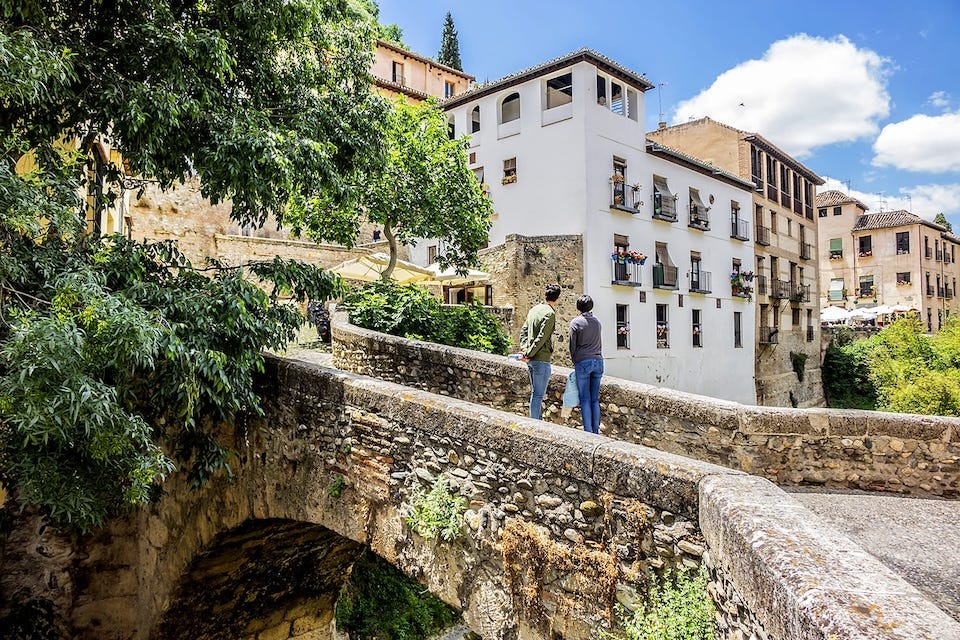
Granada travel guide: How to get to Granada?
Granada has an international airport named after the famous poet Federico García Lorca. Granada airport is the destination of a number of low-cost airlines such as Easy Jet, Vueling. However, the flights are mainly come from Spanish domestic cities or from neighboring countries such as Portugal, France, Italy.

To find the best routes as well as cheap air tickets you can go to Google Flights, Kayak or Skyscanner.
Around Granada, there are also some big cities such as Seville, Malaga which are also the destinations for many international flights. These cities are only 1, 2 hours by train from Granada. So, if you come to Granada from abroad, you can choose to fly to one of these two cities and then take the train or Alsa bus (www.alsa.es) to get to Granada.
I do not recommend you rent a self-driving car to Granada because the roads in the old town are very narrow, Spaniards are not very strict with driving, and there are very few parking spaces.
Granada city guide: Getting around Granada
Like many other ancient Spanish cities, it will be difficult for tourists to find a parking spot. Moreover, the cobbled stone streets in the old town are very narrow and full of steep stairs. So the best way to explore this UNESCO-listed city is on foot. Explore Granada, remember to choose a good and comfortable shoe.
Granada is a typical European old city, so the roads here are quite narrow, steep and winding, with little parking space. Therefore, the best way for you to explore this city is on foot or by bus if you want to go further.
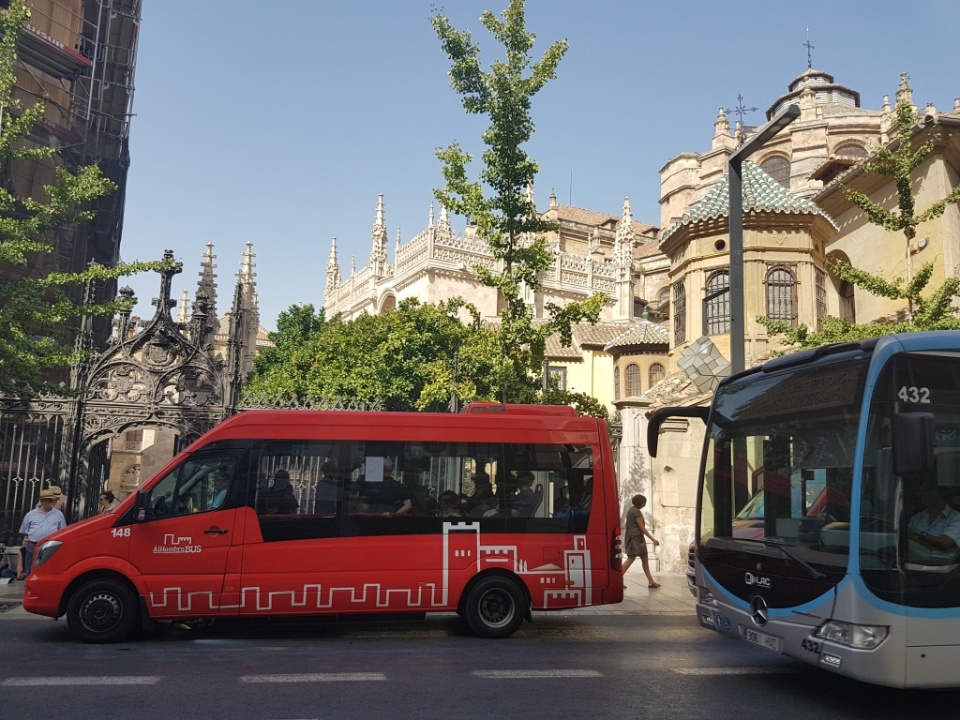
Granada Hop-On Hop-Off Train Tour
If you are lazy to walk, you can take the bus. The 3 most convenient bus routes for tourists are:
- C1: from Plaza Nueva to Albayzin
- C2: from Plaza Nueva to Sacromonte
- C3: from Plaza Isabel II to Alhambra
Bus fares are very cheap, only about 1.20 EUR one way, you can go anywhere you want in the city. If you travel a lot, you can buy a tourist bus pass to saving costs even more for 5, 10, 20 EUR. Alternatively, you can also explore the city by bicycle, with a rental price of about 12 EUR/day.
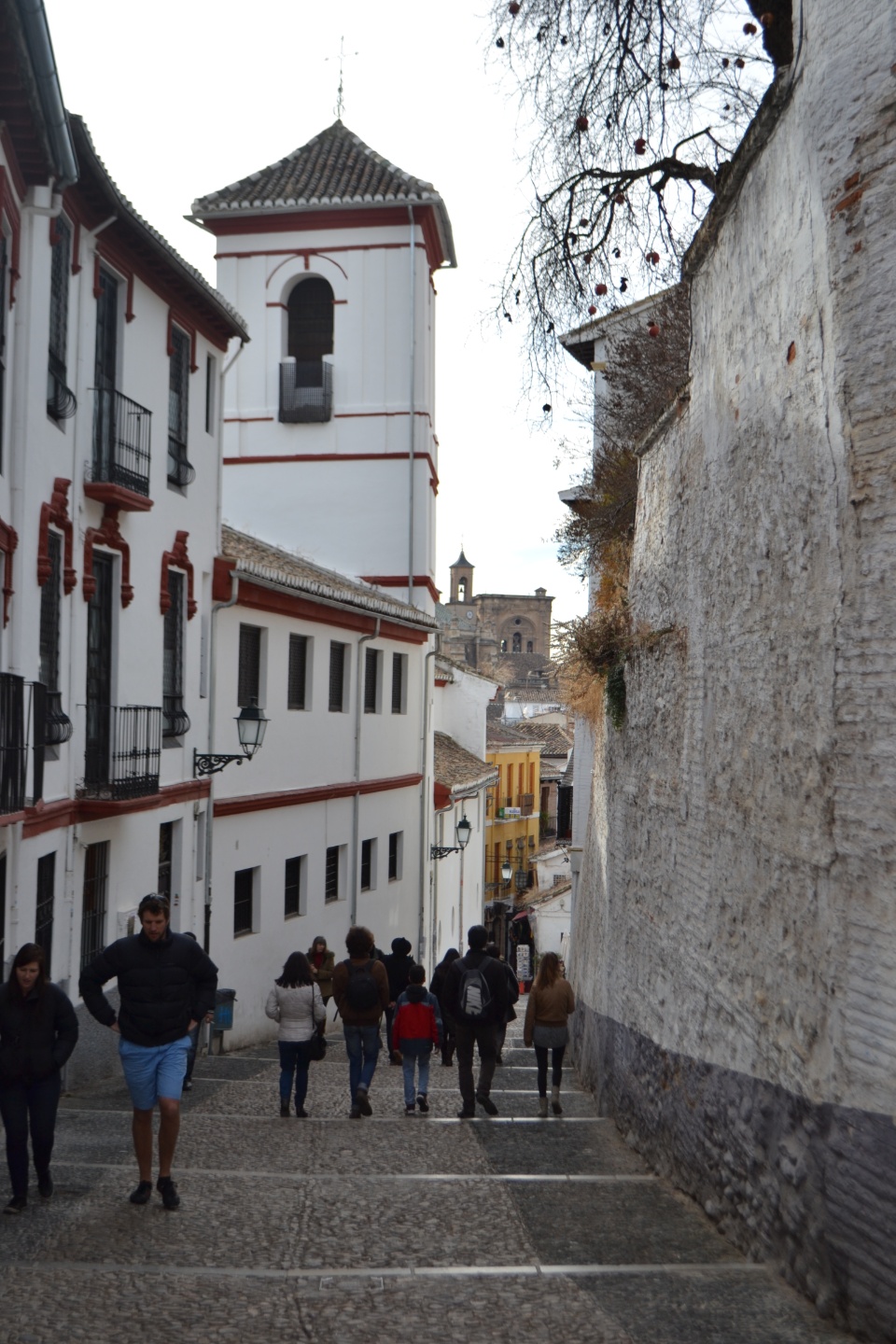
Granada blog: Where to go and what to do in Granada?
The central district of old town
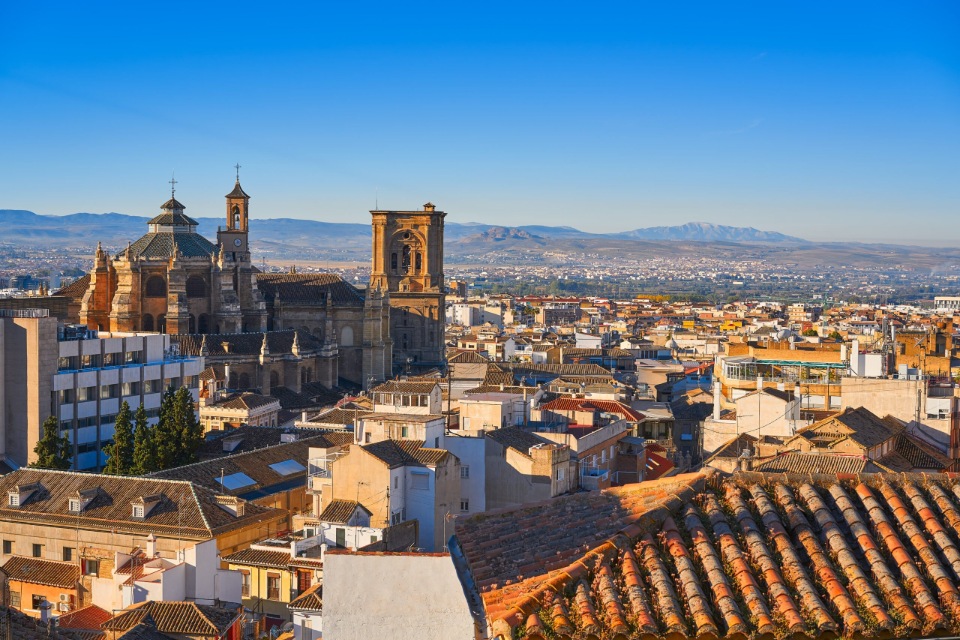
Granada’s old town is located in the heart of the city, which is centered around the Plaza Nueva with the huge cathedral, the shopping streets, the Mercado San Agustin in Granada (food market) and the countless of delectable tapas bars, along with restaurants and nice cafes… Plaza Nueva is a bustling place where you can see street performers. You can strolling around to watch the vibrant street scenes, quaint houses, shopping for souvenirs and feeling the ancient atmosphere of an ancient town.
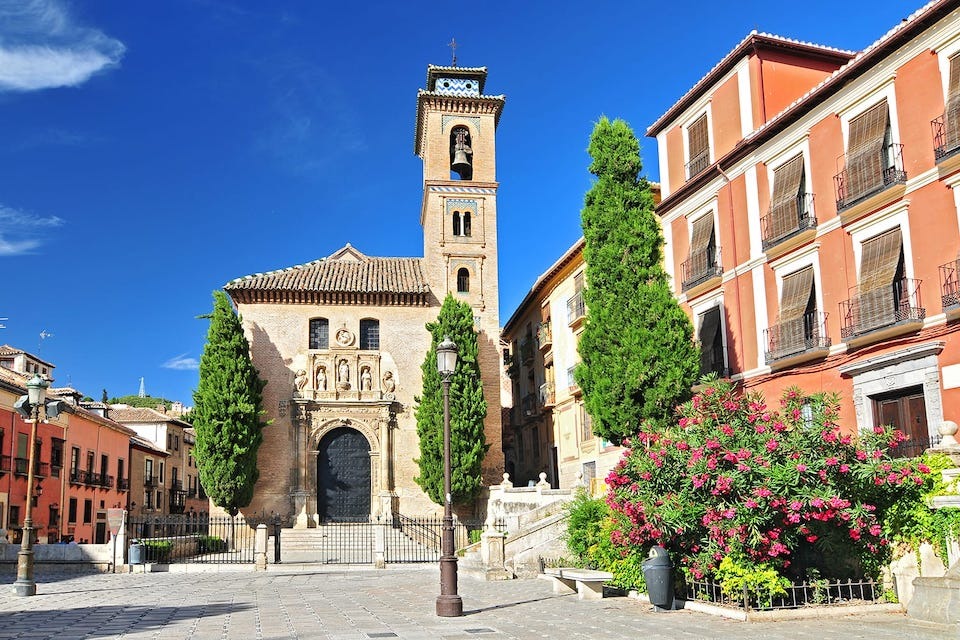
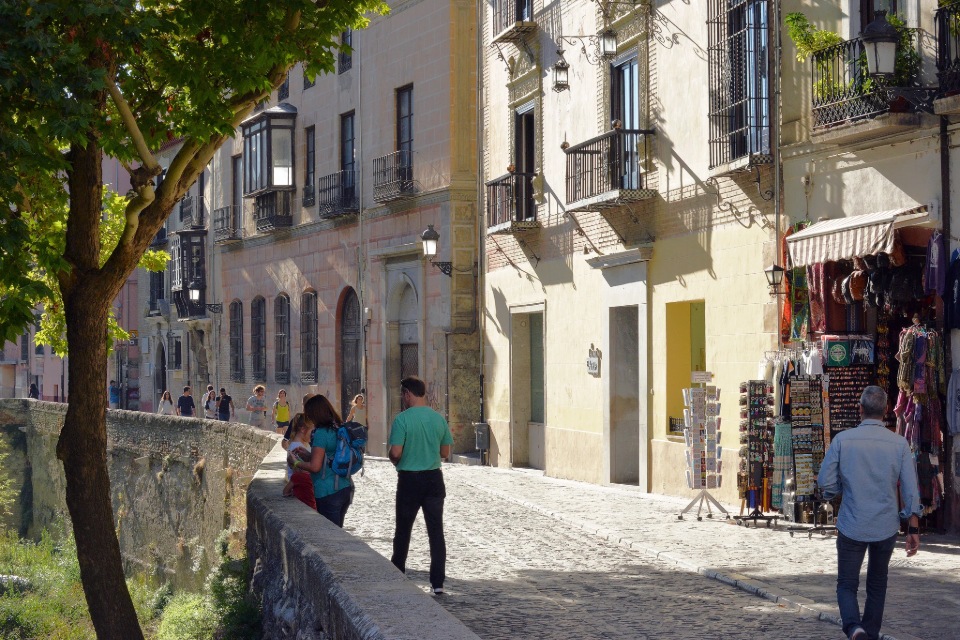
Alhambra – The Jewel of Granada
The oldest part of Granada lies on two hills facing each other across the river Darro. On one side is the Alhambra – a palace and fortress complex, on the other is the old Muslim quarter of Albayzín and the Sacromonte area of Granada’s Gypsy community.
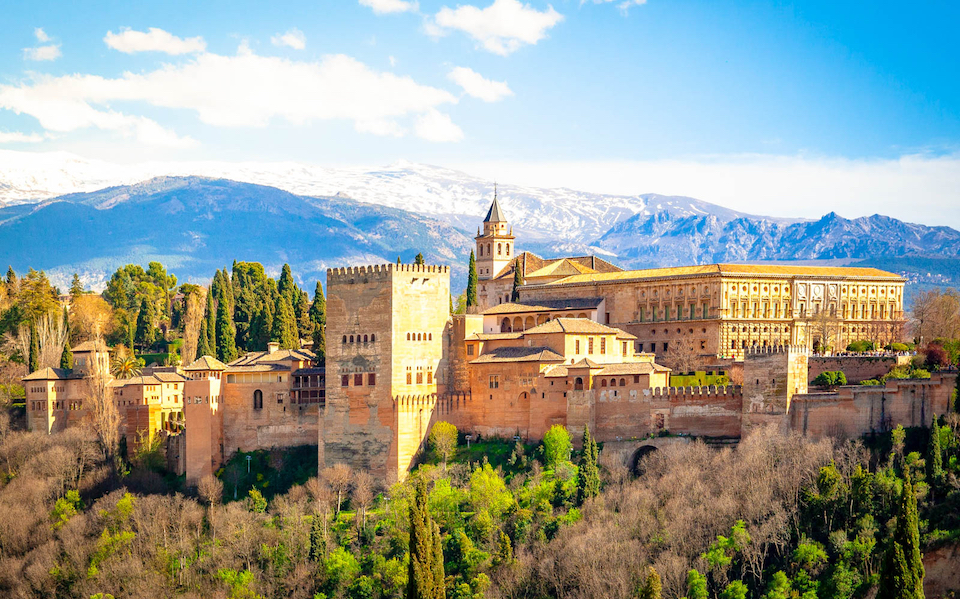
Both a palace and fortress, the Alhambra takes its name from the Arabic word “al-Qal’a Al-Hamrā” which means means “red fort” or “castle”. For 250 years before the Catholic kings recaptured Granada, the Alhambra was the royal palace of the Nasrid dynasty. The sultans and princes brought the splendor of 13th – 15th century Arab architecture to Alhambra, worthy of Granada when it was one of the wealthiest cities throughout Europe. Therefore, the Alhambra seems to recreate a paradise on earth, with splendid lush green royal gardens, harmonious landscapes, fountains murmuring day and night, mirror pools reflecting the charming, exquisite verandas.

Today, the Alhambra is a UNESCO heritage site, welcoming thousands of visitors every day. A complex of: Generalife palace, Garden of the Partal, Alcazaba fortress, Nasrid Palaces, each place has its own charm, creating the magnificent and majestic beauty of Alhambra.
Generalife palace and gardens
From the main entrance, on the right hand side is the Bajos garden and the Generalife palace. Generalife is located outside the defensive walls of the Alhambra, and was the summer palace of the Nasrid rulers. Not as grand as the rest of the castle, but the Generalife brings a calm and gentle appearance. The palace is located between interwoven canals, purple iris flower beds, colorful rose bushes and cool green forests.
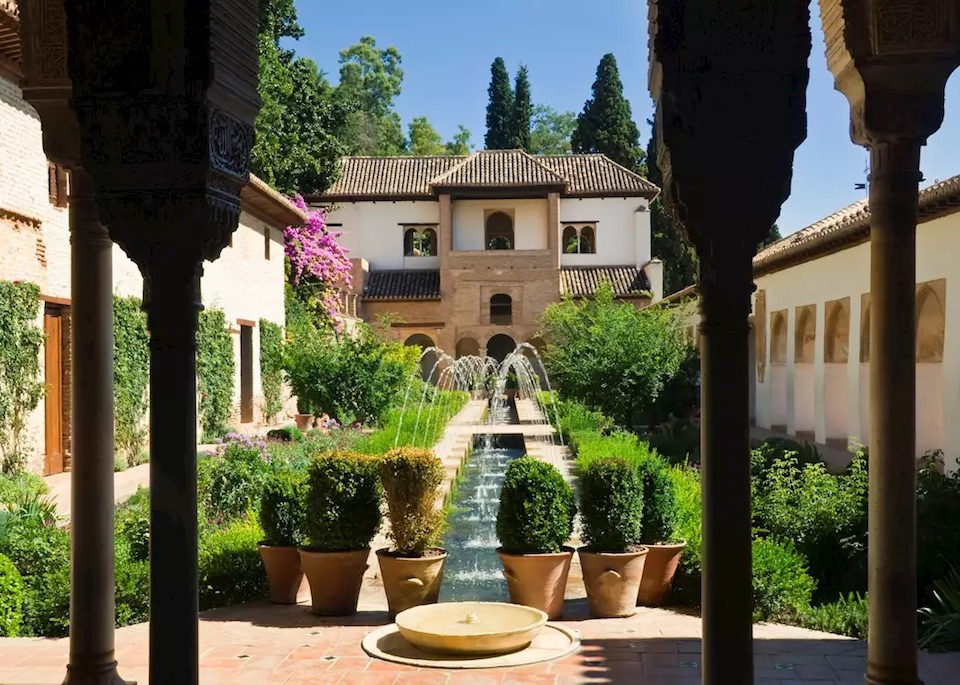
Generalife has a lush greenery royal garden that you cannot miss when coming to Granada. This garden was built around the 13th century, used as a resting place for Arab sultants. The garden is planted with many colorful roses, lily along with flower walls, magnificent fountains and white cobblestone walkways creating a green, poetic space make you feel like being lost in a wonderland.
Going deep inside, visitors will admire the towering flower walls, wide walkways, magnificent fountains in luxurious architectural style, mixed with arrogance and superior of the Arab kings. The green arch arched overhead next to the white gravel path makes the garden even more poetic.
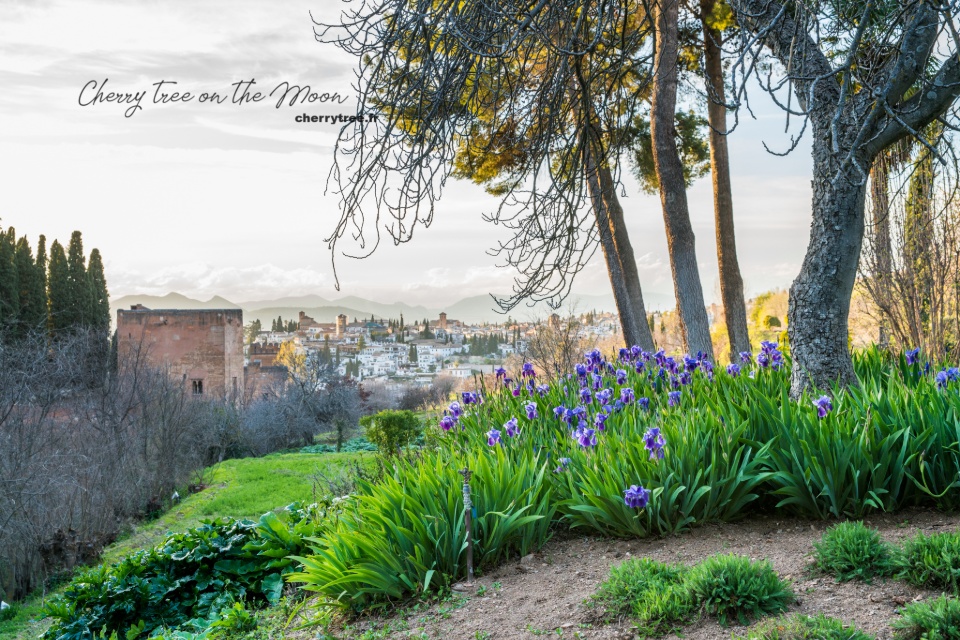
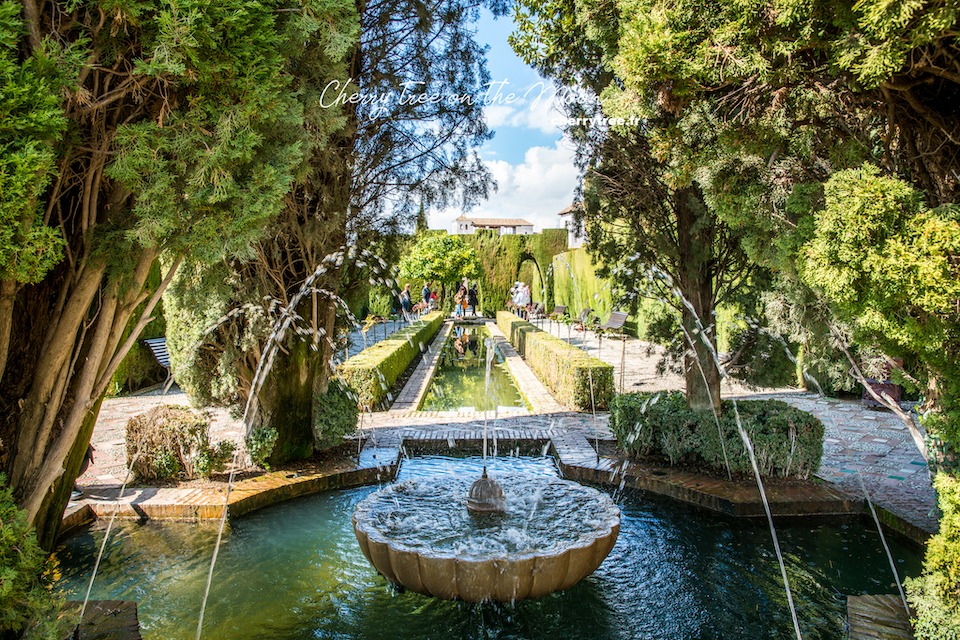

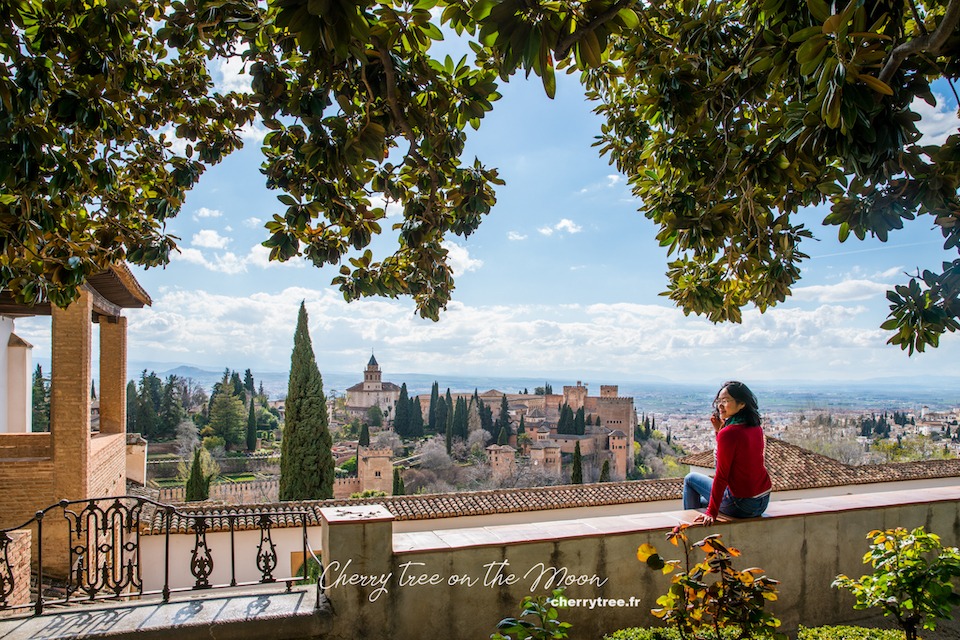
The Garden of the Partal (Jardines del Partal)
Leaving Generalife, I suddenly entered El Partal. El Partal Garden is arranged on many floors, connected by stairs, creating countless beautiful and splendid views. El Partal is a lovely blend of Saracen and Gothic art, between time of the Moors and later Spanish kings. The paths have the appearance of French gardens in the 16th and 17th centuries, but they are full of ancient influences in the story of One Thousand and One Nights. Whether sunrise or sunset, I love to get lost here. In the twilight, walking in the El Partal garden is like living in a dream. A wonderful dream.
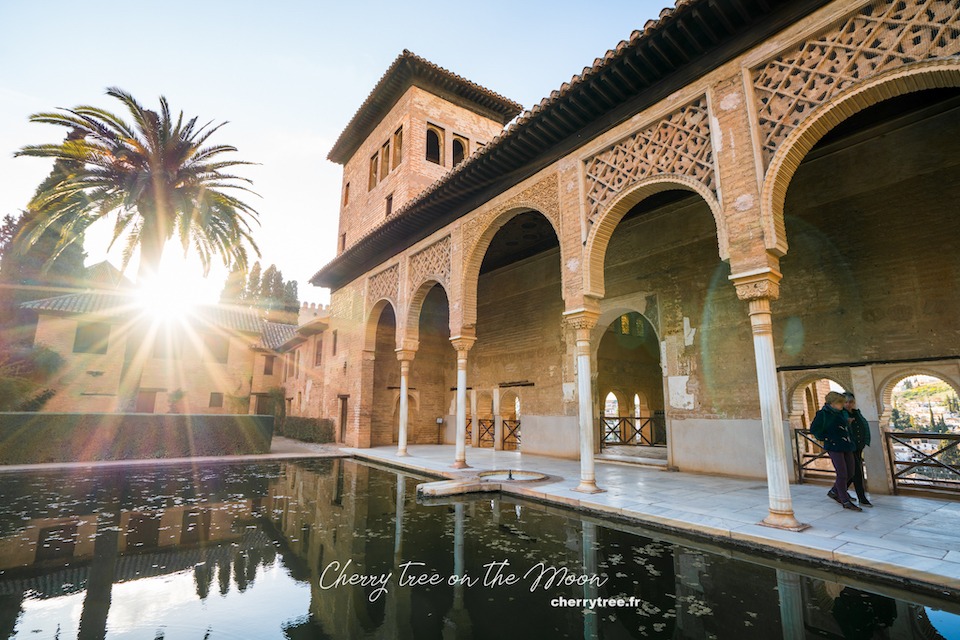
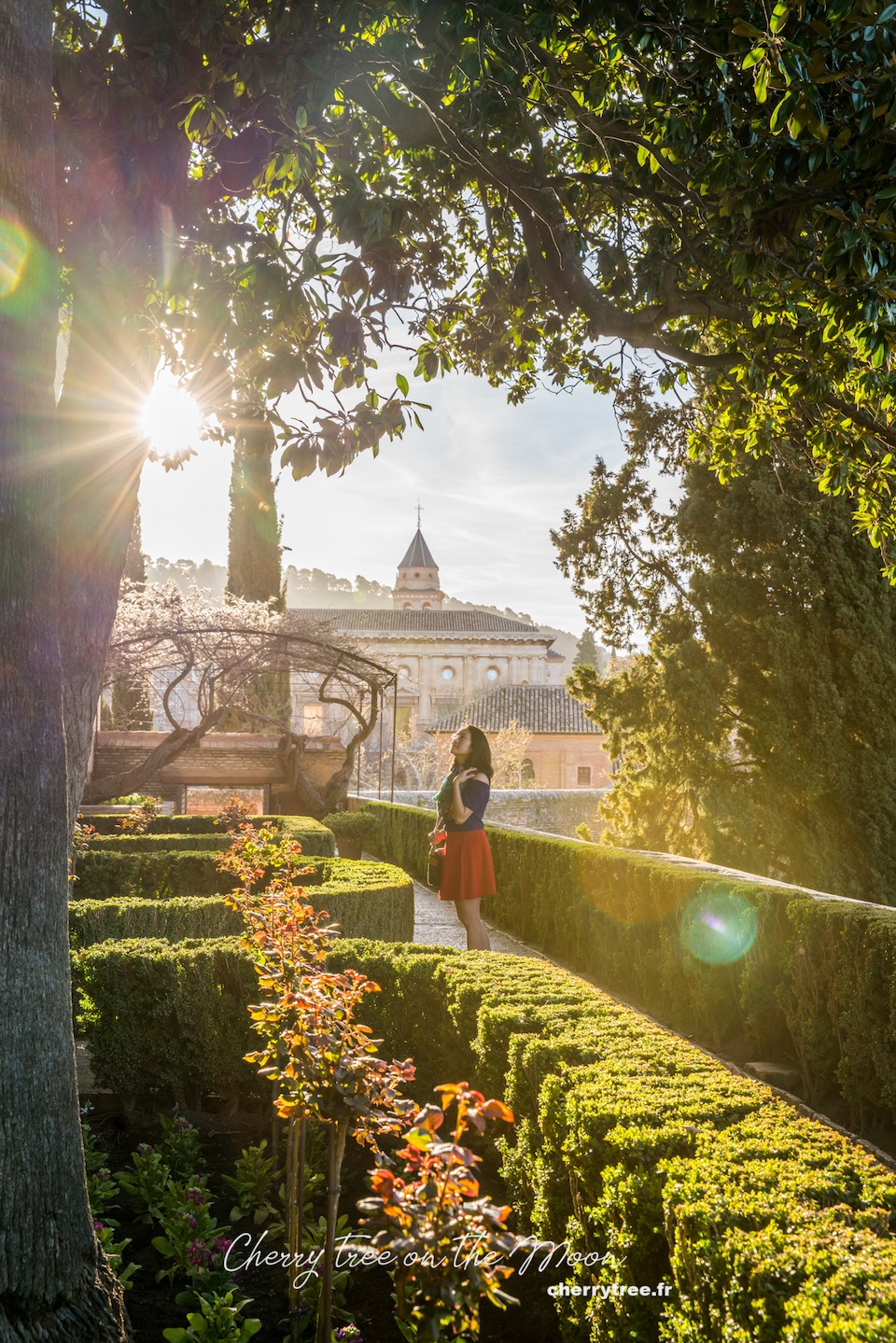
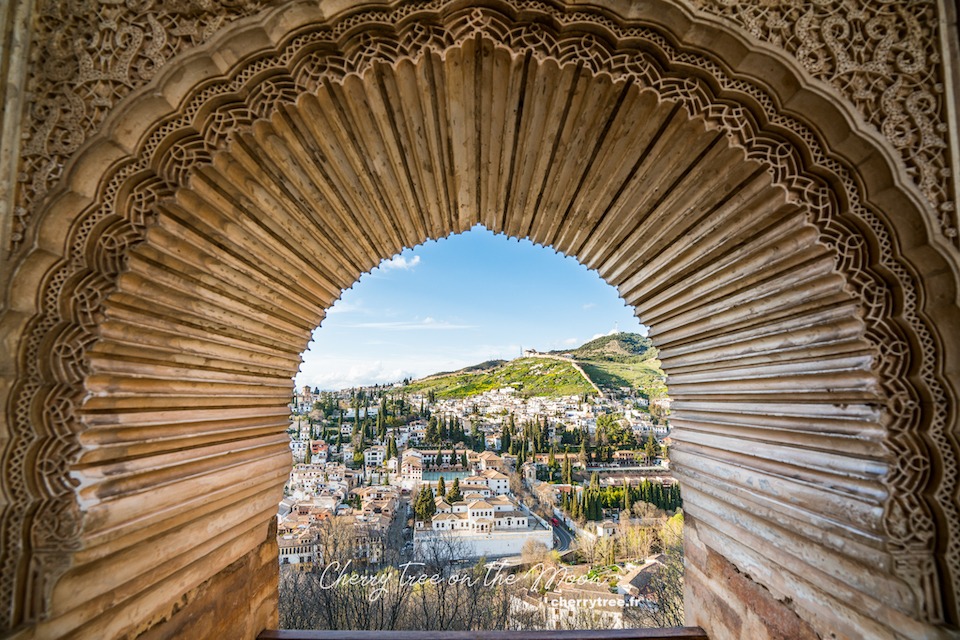
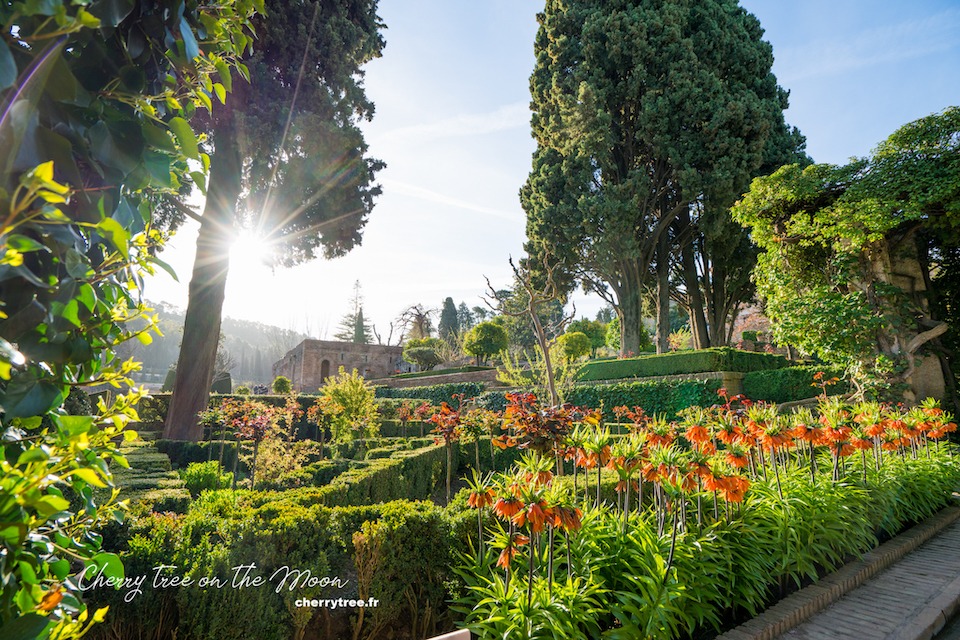
Alcazaba Fortress (Alcazaba Citadel)
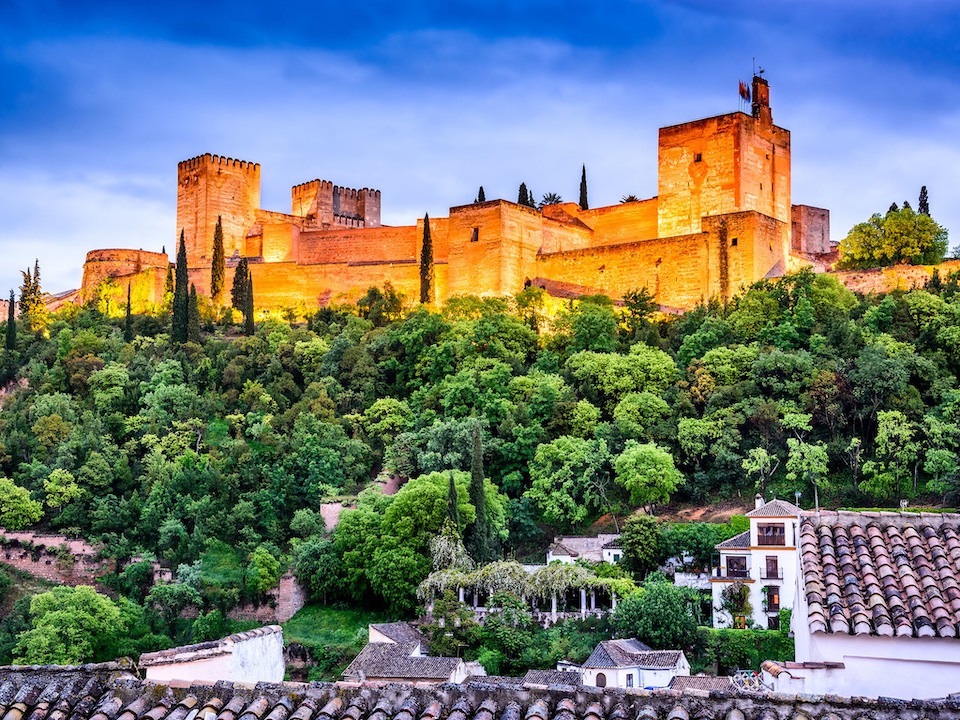
The Alcazaba watchtowers mark the highest point of the Alhambra and is also the place where the flag of the Catholic kings was raised in 1492. Today, on the Torre de la Vela watchtower still fly four flags: Europe, Spain, Andalusia and Granada. Climbing to Alcazaba on a windy afternoon, you will be delighted to see the other bank of Granada. In front, Albayzín is like a white village on a hillside, dotted with romantic green spaces of cypress trees. The silhouette of the Sacromonte area loomed to the right. And to the left, the dome of Granada cathedral rises above the ancient roofs.
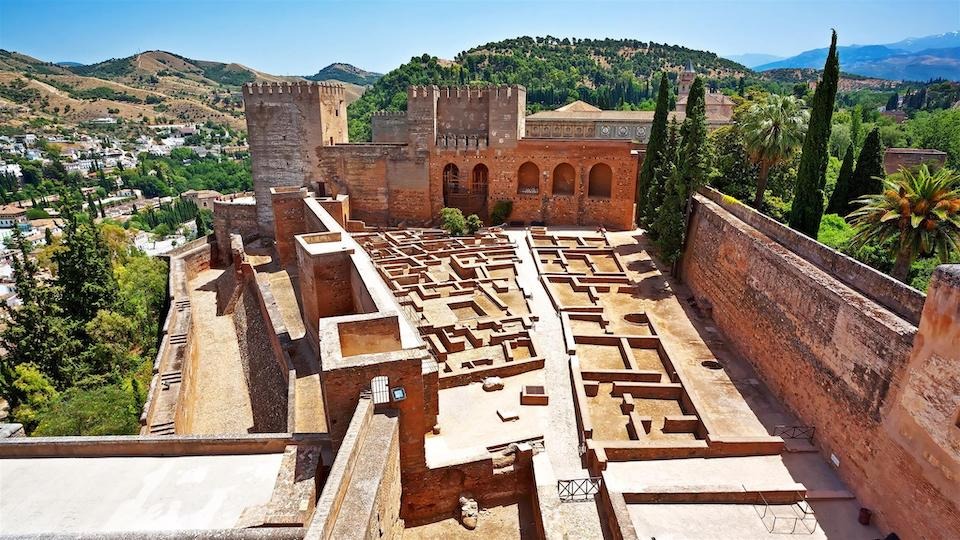

Alcazaba fortress is located on the top of the Alhambra hill, where you can admire the panoramic view of Granada city and the majestic Sierra Nevada mountains in the distance. The fortress is considered the oldest structure of the Alhambra complex with ruins walls marking the glory of the Islamic empire. Today, within the fortress, there are still traces of buildings such as barracks and bathrooms. The inside of the fortress still preserves a lot of artifacts from the war period.
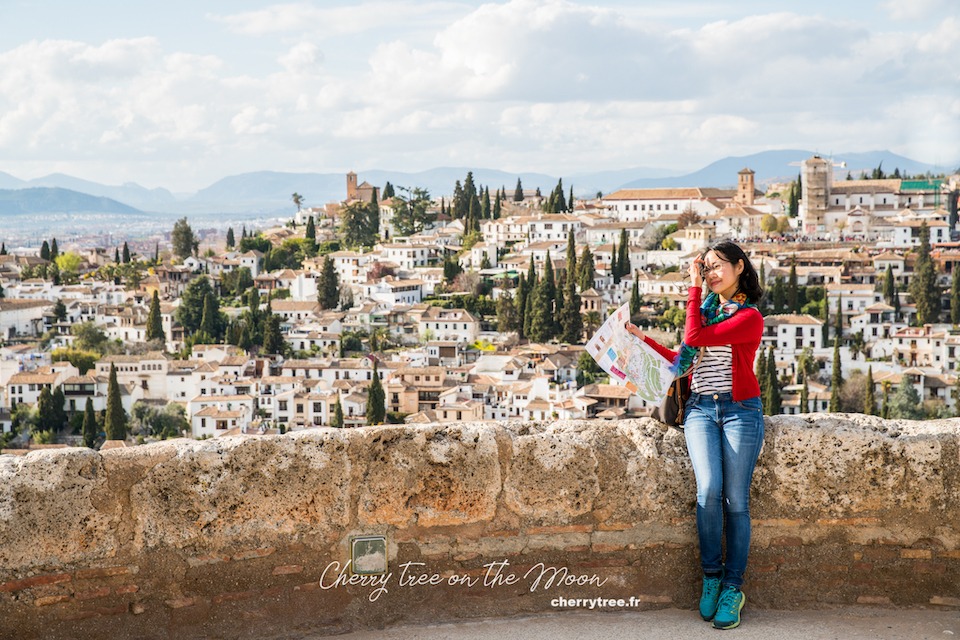
Nasrid Palaces
Perhaps the most impressive highlight of the Alhambra is the palaces of the Nazaries (Nasrid Palaces). The splendor of the palace lies not only in itself, but in the perfect surroundings. The white palace is located between poetic gardens and green forests, true to the legend, ancient Arab poets called this building “Emerald pearl”. Nazaries are actually a series of suites, corridors, and courtyards. Each wall, column, roof border is mosaic and engraved with beautiful, sophisticated Arabic patterns and motifs. If you were once fascinated when visiting ancient palaces and schools in Morocco, when you come to the Nazaries, you will be once again bewildered.
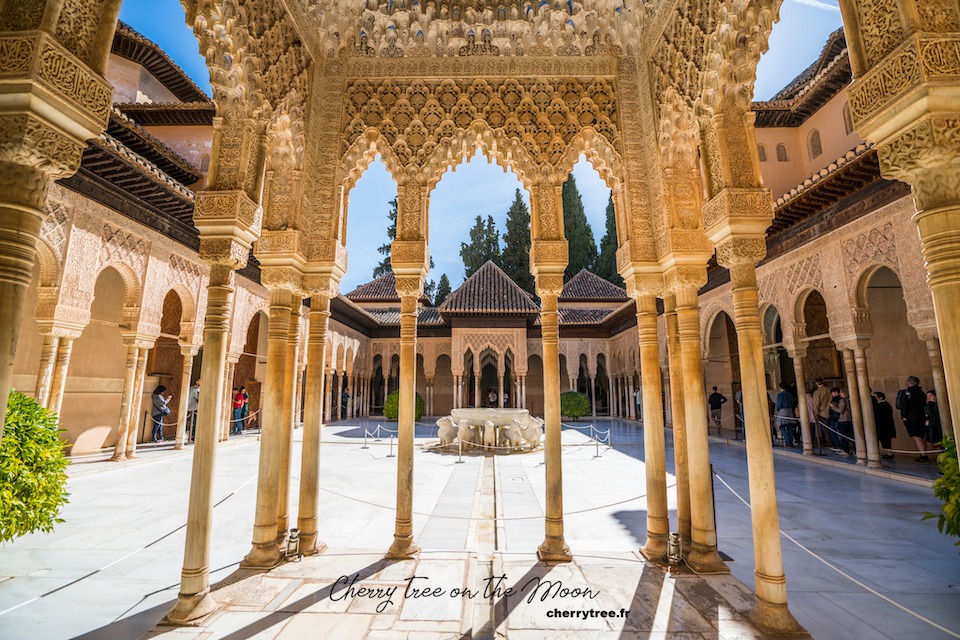
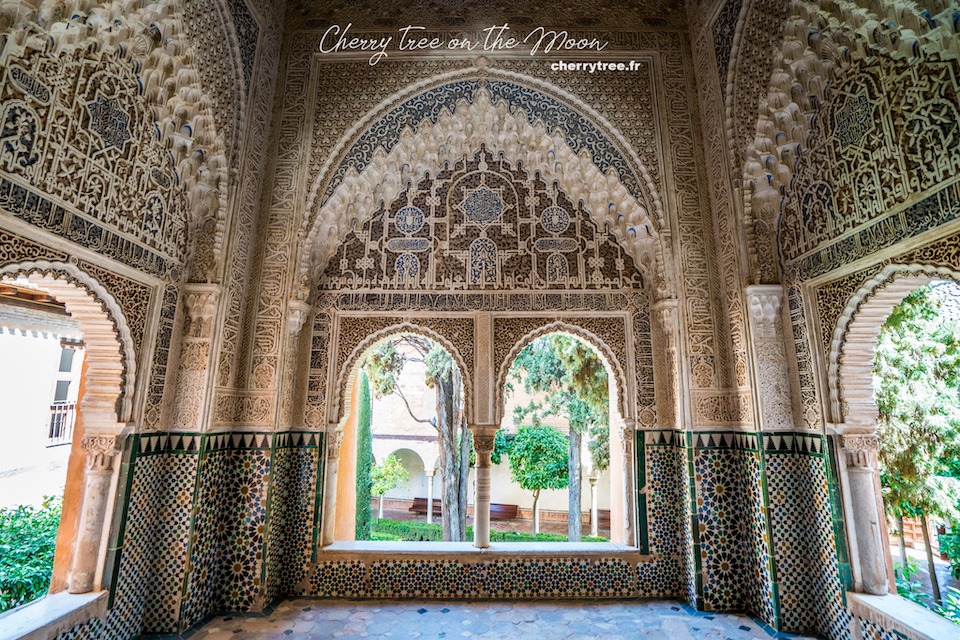
Albayzín – Remembering a cup of Arabic tea.
Albaicin is the city’s historic Arab old quarter with its narrow streets and distinctive architecture of white houses with clay brown tile roofs. This town was built for defense purposes and was one of the key points of Granada at that time. Albaicin is located on a hill in the center of Grenada and includes many ancient Arabic-style buildings. Along the winding and steep roads, visitors will be led to ancient white painted buildings, shops and beautiful gardens that are hundreds of years old.
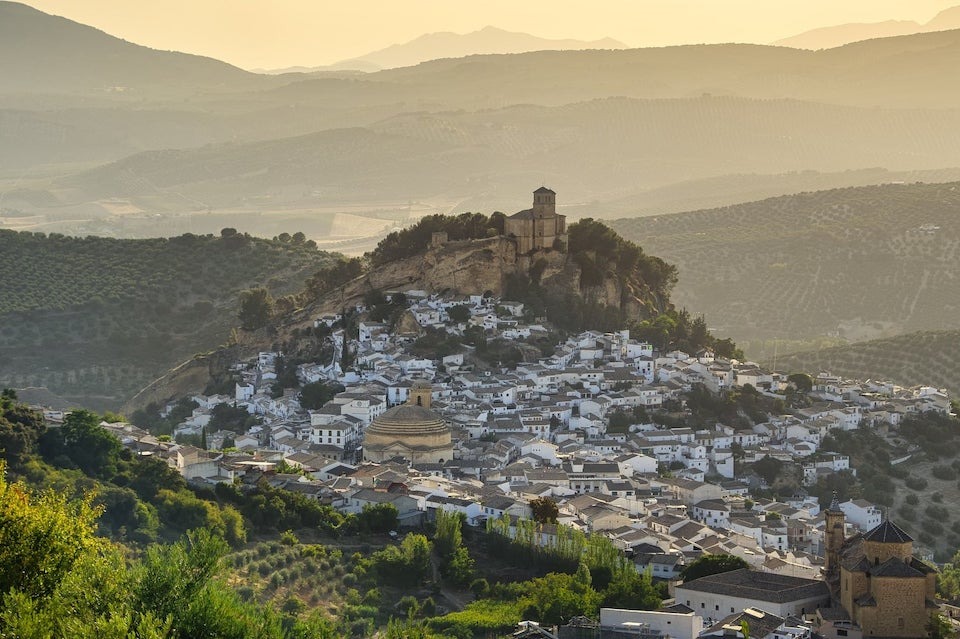
On the hillside in front of the Alhambra, across the Darro valley is the Muslim old quarter of Albayzín. Alhambra and Albayzín are complete opposites but extremely harmonious. The red castle and the white village. Lavish and simple. Careful and messy. Each side evokes a different emotion, but both are nostalgic, profound and heartbreakingly beautiful.
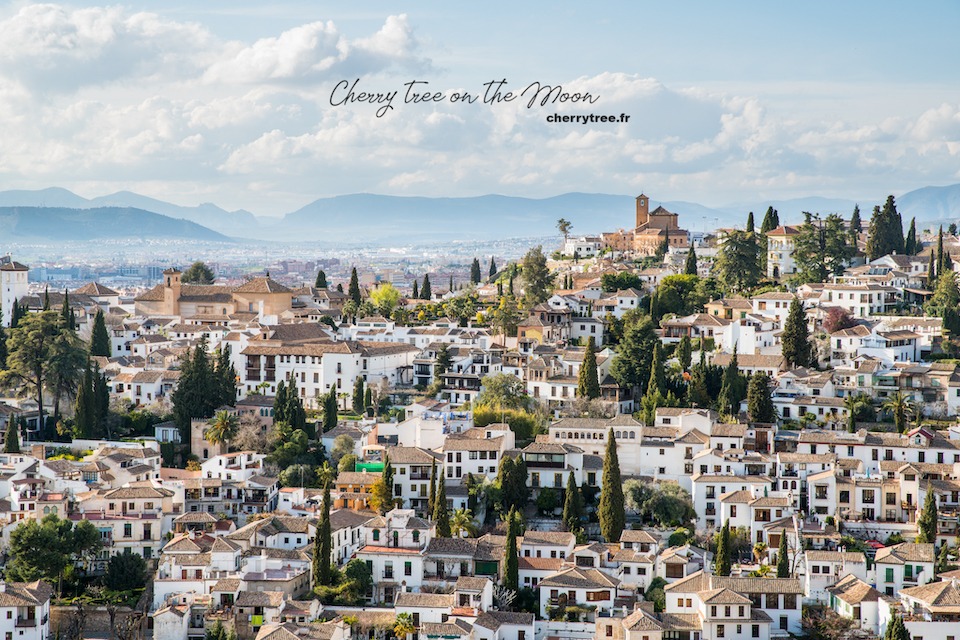































![10 best airports in Asia in 2016 [RANKED] kuala-lumpur-international-airport-best airports in asia in 2016 by skytrax ratings](https://livingnomads.com/wp-content/uploads/2016/08/29/kuala-lumpur-international-airport-best-airports-in-asia-in-2016-by-skytrax-ratings-218x150.jpg)








